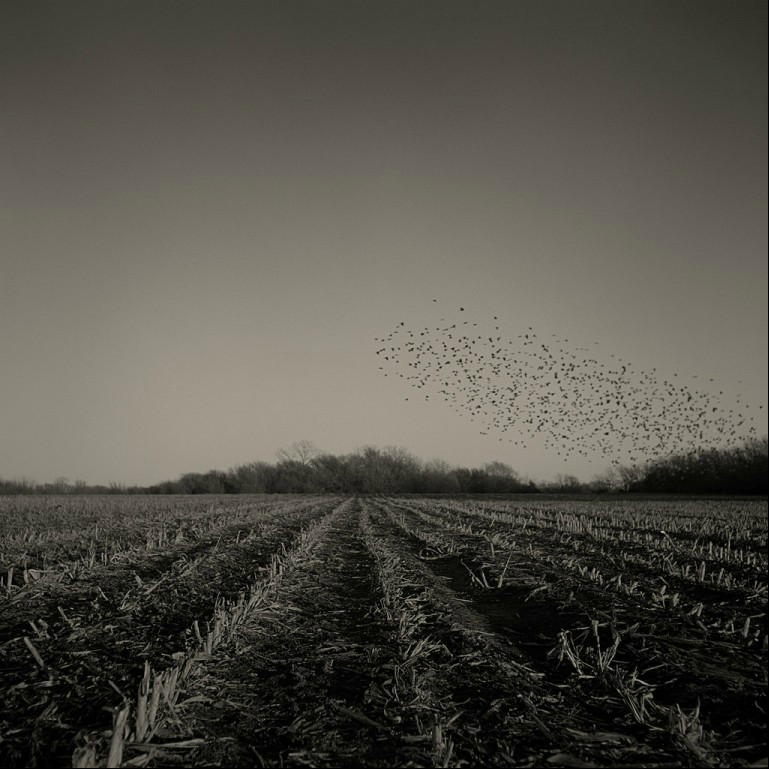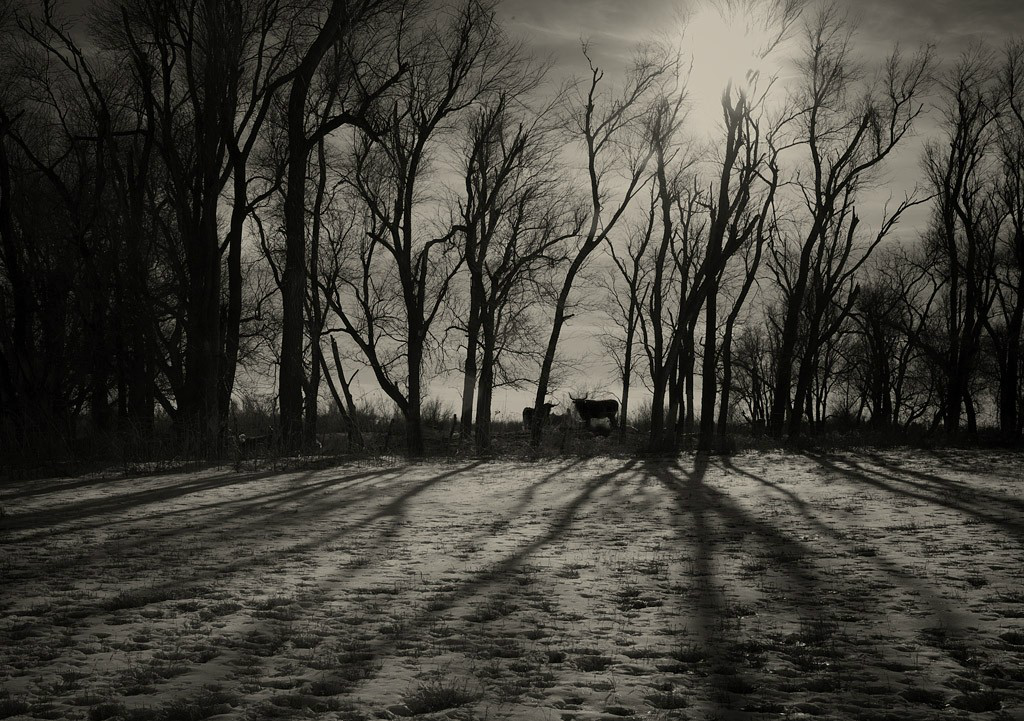Natalie Young interview
[et_pb_section bb_built="1"][et_pb_row][et_pb_column type="4_4"][et_pb_image _builder_version="3.0.102" src="http://onetwelvepublishing.com/wp-content/uploads/2009/03/Screen-Shot-2018-02-14-at-2.34.19-PM.png" show_in_lightbox="off" url_new_window="off" use_overlay="off" always_center_on_mobile="on" force_fullwidth="on" show_bottom_space="on" /][et_pb_text _builder_version="3.0.101" background_layout="light"]
Where did you grow up? Can you tell me what it was like for you growing up?I had a great childhood, really. I grew up Texas and then Arkansas. We lived in Houston until I was 12. I went from living in the middle of a bustling area of Houston to living in the rural outskirts of Little Rock, Arkansas, in the middle of trees, creeks, and horses nearby. I was a tomboy and so this change suited me well. I’m an only child, and we joke that I was my father’s only son, so I learned a lot of handy things about carpentry and power tools from following him around.
In college, we built my first darkroom together in a little building on my parents’ land, which including digging a trench to the septic tank and nearly electrocuting ourselves wiring the building.
I have great parents and am still very close to them. They were always extremely supportive in whatever I chose to pursue (including my 10-minute interests in piano, woodworking, sidewalk-chalk artistry, beauty pageants, stamp-collecting, and basketball). Over the course of my life, my family has had times of great abundance and then has also had very lean times, which I think has left me with the empathy to relate to a wide range of the ways people live economically and socially. Both of my parents are hardworking and have completely changed careers several times during their lives. As an adult, I find myself unusually comfortable with change and adaption. I think their example has had a big impact on me because these were always such courageous risks they took, and it taught me to always challenge myself and to remember that we never stop changing or growing.
When did you start making artwork?
As a child, I was into painting and drawing, due largely to my mother’s example. My mom painted as a hobby and I began taking classes with her, and then continued with art electives in high school and early college. I became a bit more practical in college when I had to decide on a career and I somehow ended up in the business department studying finance. (I know. What was I thinking?) At some point, my roommate brought home an old SLR that a relative had given her and it intrigued me. I bought a crappy camera and started taking bad pictures and was completely in love with the process of it. By my senior year, I was working in a local photo lab and was also in a serious relationship with a very talented musician whose own career plans were making the prospects for my finance degree look extremely boring. During a summer internship in London (at a now-defunct financial institution that I won’t name), I called my boyfriend and announced I was “Going To Be A Photographer”.
I bought a crappy camera and started taking bad pictures and was completely in love with the process of it.
I finished the degree, married the musician, and we moved to Nashville where I turned my focus toward matching my skills to the level of my enthusiasm. I assisted other photographers, I shot for the local paper, and then worked nights in my own little darkroom and eventually started showing my artwork locally. The early influences of painting and drawing have always stayed with me, and I still love to experiment mixing mediums, manipulating photographs, or taking them beyond documentation, and into the realm of my own emotion and imagination.
We are featuring your Farm series, what draws you to this theme and why?
THE FARM series is taken at my husband’s family farm in rural Kansas. His grandparents are wheat farmers and the land has been in the family for many generations. My father-in-law and his 4 siblings grew up on the farm, then moved away to start families and careers. They all made regular pilgrimages back to the farm, however, and so my husband grew up spending summers and holidays in his grandparent’s farmhouse. This continued into his adult life, and when we started dating I began making the trips as well. My own childhood was split between several states and, like many Americans, our own family history was vague beyond the last generation. So I was very intrigued by this Kansas family who had such a rich trove of history that all related to a specific plot of earth. It was amazing to walk the fields and be shown the exact embankment where Great-Great-Grandfather Silas built a temporary sod house when he first claimed the land. What stories! I also began to note how growing up with this heritage had shaped and influenced the lives of the family members, and how their identities were in some way tied to this land. This seemed a very special and unusual thing: the most American of stories but at the same time so unusual for an American family today. My first trip to the farm coincided with my initial interest in photography in college, so the farm was one of my earliest subjects. Very little came of those early shoots, and it took quite a number of years before I even realized that this was becoming a ‘project’. It’s been about 15 years since my first visit to the farm and I’ve continued to photograph there on almost every visit. I’ve photographed the farm with every camera I’ve ever owned, from 35mm to 4×5 and everywhere in-between. The subject matter that I photographed was just as diverse. At some point, I realized that I had serious choices to make about how I would edit this project and what I wanted to say. In the end, this is not a story about a particular family, but rather about a larger sense of place and history, and about the power of memory and story in our lives. It’s about the things that tie us together, and the things that bring us back.
It’s (The Farm Series) about the things that tie us together, and the things that bring us back.
What is your favorite subject to shoot?
Wow, that is hard to say. I shoot such a wide range of subject matter – people, animals, environment, and landscapes. I guess I am drawn to subjects that have a poetic or lyrical quality and that offer several layers of metaphor that present different directions that the viewer can go within the image. I notice I am often drawn to things that have character and have been around a while, which explains my fascination with ‘old stuff’.
Who are some of your photographic influences and inspirations?
I think I draw creative inspiration from a wide range of sources – music, film, painting, even nature. My husband, Jared, is a singer-songwriter so music is a big part of my life and creates a bit of a creative soundtrack for my own work. I am drawn to a lot of work from Latin artists – painters, sculptors, mixed media artists. One of my favorite museums is the Museum of Latin American Art (MOLAA) in Long Beach, CA. I always see so much work that is rich and bold and full of life. Some of my favorite contemporary photographers are Sebastiao Salgado, Raymond Meeks, Debbie Caffrey, Todd Hido, Pentti Sammallahti.
What is the most important thing you’ve learned about being an artist?
That living a full and creative life is part of being an artist and is the first step to actually making art. The work we make has to flow from who we are and what we love. Life and art are inextricably linked.
View Exhibition
[/et_pb_text][/et_pb_column][/et_pb_row][/et_pb_section]



